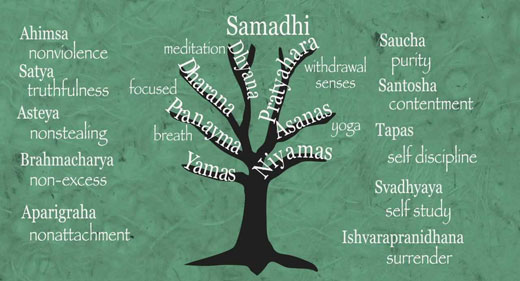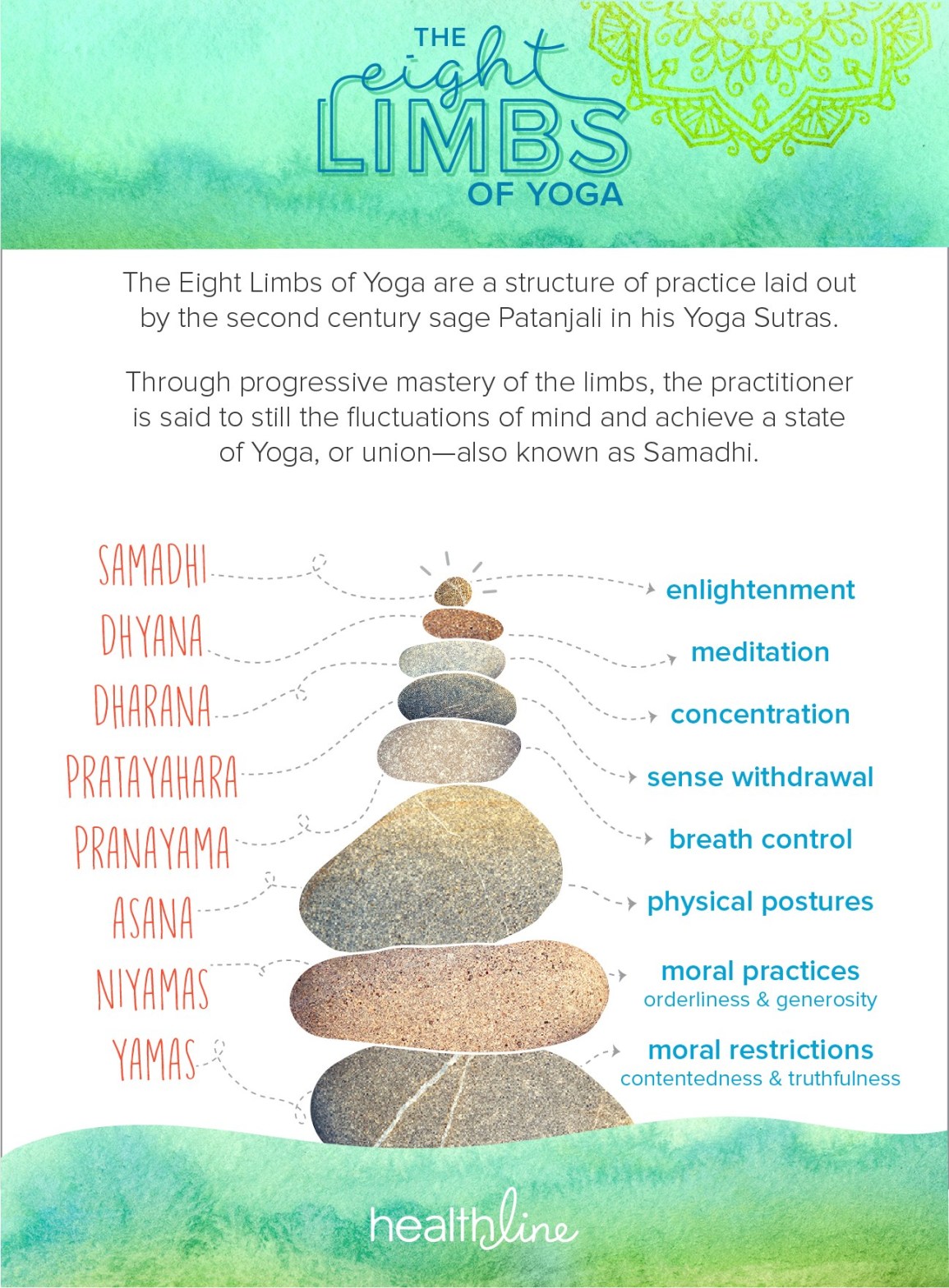Get your yoga start with Tiffany Cruikshank, founder of Yoga Medicine…

Known as a teacher’s teacher, international yogi, author, and health and wellness expert Tiffany Cruikshank founded Yoga Medicine as a platform to connect people and doctors with experienced yoga teachers. Yoga Medicine’s ever-expanding community of teachers are trained to understand body anatomy, biomechanics, physiology, and the traditional practice of yoga.
And with this fortitude of knowledge, they’re able to create individualized, effective yoga programs for each student. Ready to channel your inner yogi? Get your start with this comprehensive guide, crafted by Tiffany and her team of accomplished Yoga Medicine teachers, trainers, and contributors.
By Dana Diament, a Yoga Medicine instructor based in Byron Bay, Australia. You can follow her journey at danadiament.com.
Ask any yoga practitioner to define yoga, and you’re likely to get a myriad of answers. For some, it’s a way to feel good in their bodies. For others, it’s a spiritual practice, and for many, a way of life. But regardless of your approach, yoga can help reshape and unravel your habitual or unconscious patterns.
Practicing yoga helps provide a foundation and tools to building good habits, such as discipline, self-inquiry, and nonattachment. This exercise is also a pathway to empower you to make conscious choices to live a healthy and fulfilling life. Today, many agree that the word yuj — which yoga derives from — refers to greater internal states, such as clarity, peace, and happiness.
One prevalent definition comes from “The Yoga Sutras of Patanjali,” compiled before 400 A.D. In the second verse of the first book, yoga is defined as the “cessation of mind wandering.” The sutras also provide an eight-limb system that guides the practitioner to transcend beyond the mind and attain yogic freedom.

The eight-limb system is an integral and highly regarded part of yoga. Today, we practice asana, the physical postures, the most. These were developed in the early 20th century by Sri Tirumalai Krishnamacharya. Then, three of his most well-known students further developed particular styles of yoga, each with something different and beneficial to offer.
Many styles practiced today have evolved from these three students, including Vinyasa yoga, where poses are linked with breathing to create a flowing, dynamic, and creative sequence.
- B. K. S. Iyengar: creator of Iyengar yoga
- K. Pattabhi Jois: creator of Ashtanga yoga
- T. K. V. Desikachar: creator of Viniyoga
Today, we’re in an unparalleled position to engage with yoga through a multitude of channels. There are countless ways to practice: from studios, gyms, community centers, schools, and outdoor venues, to online videos and social media channels. You can also fully immerse yourself by attending conferences, trainings, and retreats all over the globe.
With so many ways to engage with yoga, you’re in an optimal position to begin or enhance your practice and tailor it to best support your health and well-being.
TAKEAWAYYoga is a practice with a long history rooted in teaching you the tools and foundation to empower yourself. And with accessibility — from teachers to information — at its peak, anyone can start practicing yoga.
By Kaitlyn Hochart, a Yoga Medicine instructor based in San Diego, California. You can follow her journey at kaitlynhochart.com.
We live in a culture where our minds and nervous systems are stimulated constantly. Yoga offers the space to slow your mind down and restore a sense of balance. In 2016, Yoga Journal and Yoga Alliance conducted a study called Yoga in America. They found that 36.7 million people were practicing yoga. That’s a 50 percent increase from 2012!
It’s unclear what the direct cause is for this booming growth and rise in the popularity of yoga, but such interest may be attributed to the promising benefits that yoga and mindful practices offer.
Yoga helps your physical body
The most obvious benefit is, of course, physical. Yoga postures can help increase:
- flexibility
- strength
- mobility
- balance
These benefits are also why athletes practice yoga as part of an effective cross-training regimen.
During yoga, your body goes through a full range and variety of motion that can counteract aches and pains associated with tension or poor postural habits. Not only does yoga help you — and many athletes — become more aware of your body, it also allows you to fix these imbalances and improve overall athleticism.
Yoga helps with stress and relaxation
Another key benefit of yoga is that it helps with stress. Accumulation of stress can cause your nervous system to be constantly in overdrive, making it difficult to unwind, focus, and sleep. The breathing exercises you practice during yoga can help lower your heart rate and shift your nervous system into a more relaxed state. It also promotes better sleep and increased focus.
For people with a more spiritual background, the effects of practice start to be felt beyond the physical body and off the mat. Yoga can help connect you more deeply to your sense of purpose and awareness of living in the present. As you start your journey, what you get out of the practice can also change based on your needs.

















































